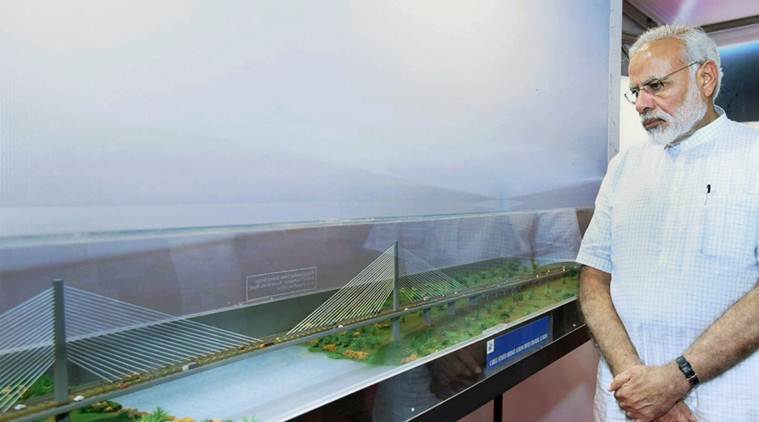The landscape of India is vast and diverse, comparable to only a few countries like China, US and Russia. The geographical difference between states of India is more than the countries of Europe. This is the reason the Indian peninsula is called a subcontinent. There are some drawbacks of these geographical differences; the states of Bihar suffer due to floods every year while drought forces farmers in the state of Maharashtra towards suicide. This is why policymakers in the country have come up with an idea to interlink the rivers in India. The Indo-Gangetic plain of India has rivers which have water flowing through it 365 days a year, because the source of these rivers is in the Himalayas. On the other hand, the rivers in Deccan plateau have water only for a few months in a year. If the rivers of the plains and plateau could be connected, then neither the plains will suffer from floods nor will the plateau face droughts.
The plan to link rivers goes back to 1970s when, Dr. K.L. Rao, a dam designer and former irrigation minister, proposed “National Water Grid”. But the idea was put in the backburner by the successive governments. The Atal Bihari Vajpayee led NDA government adopted the idea and started working on it, but before it could implement the project, they lost power to the UPA. The next UPA government which was supported by Left parties could not take the project further because social activists were against it. The social activists were of the view that the project may be disastrous in terms of cost, potential environmental and ecological damage, water table and unseen dangers inherent in tinkering with nature.
The second NDA government under the leadership of Narendra Modi again has started taking forward the plan to link the rivers. The water resources and river development ministry, led by minister Nitin Gadkari, has lined up Rs 45,000-crore worth of development projects to interlink four rivers in the first phase of this initiative. An official from the ministry said the development work will cover two phases of Ken-Betwa, Damanganga-Pinjal and Par-Tapi-Narmada projects. Clearance has already been received for linking Ken-Betwa and work on it will commence soon. The Ken-Betwa project envisages fulfilling the water needs of the Bundelkhand region, which straddles both Uttar Pradesh and Madhya Pradesh. The National Water Development Agency (NWDA) had identified 30 links (16 in the peninsular areas and 14 rivers in the Himalayan region) for preparation of feasibility reports.” The Ken-Betwa project will solve the drought problem in Bundelkhand region while the other projects will focus on solving the drought problem in Southern and Western India while mitigating the impact of recurrent floods in eastern India. Nitin Gadkari while addressing a conference on ‘Water for Sustainable Development-2018-2028′ in Tajikistan, said the Indian government is committed to implementing the inter-basin transfer of water project. Other than these interlinking projects, the government will spend about Rs 30,000 crore on water conservation across the country in around 100,000 villages. The Indian government plans to achieve universal and equitable access to safe and affordable drinking water for all by 2030.”
Recently, a report released by the government policy tank NITI Aayog said that the cities of the country will face water scarcity if water conservation and management are not be done properly. The interlinking of rivers will help the cities in easy access to clean water. China faced the same problem a few years back with its Northern part suffering from drought and southern part suffering from floods. It built the Grand Canal to link the Yangtze River and Yellow river to solve the problem. Today, the Grand Canal is one of world heritage sites and it ended the drought and flood problem to a large extent. It also gave agricultural prosperity to China. India should learn from its eastern neighbors and complete the linking of rivers as soon as possible for the prosperity of the people of the country.
